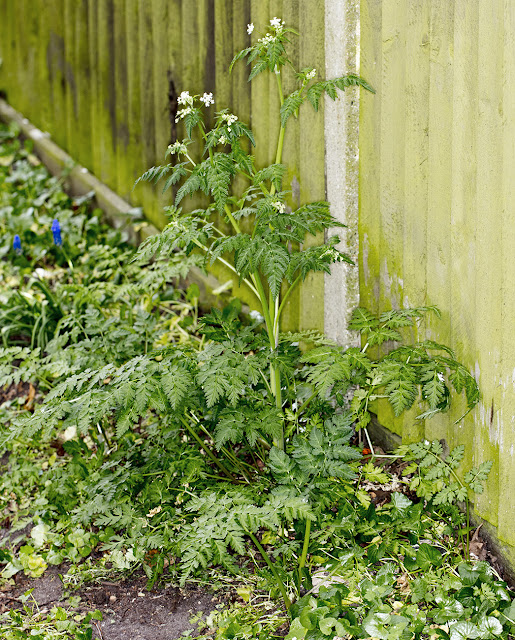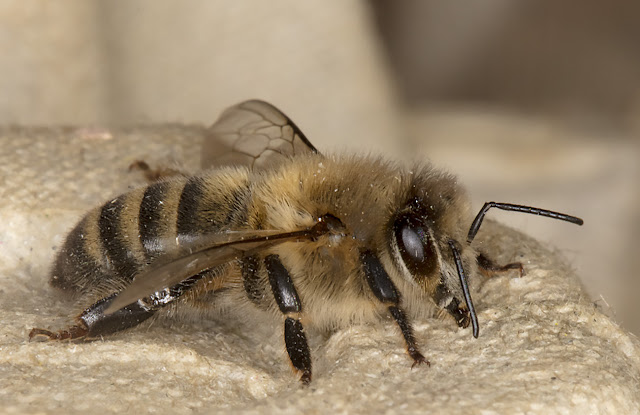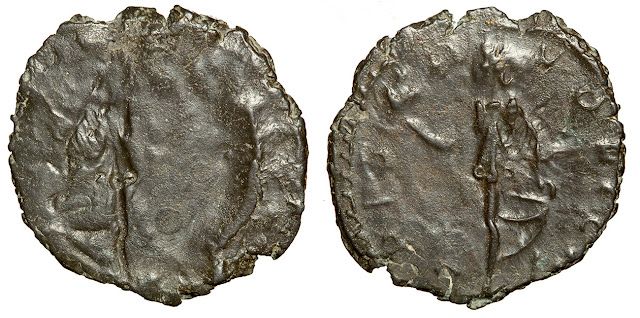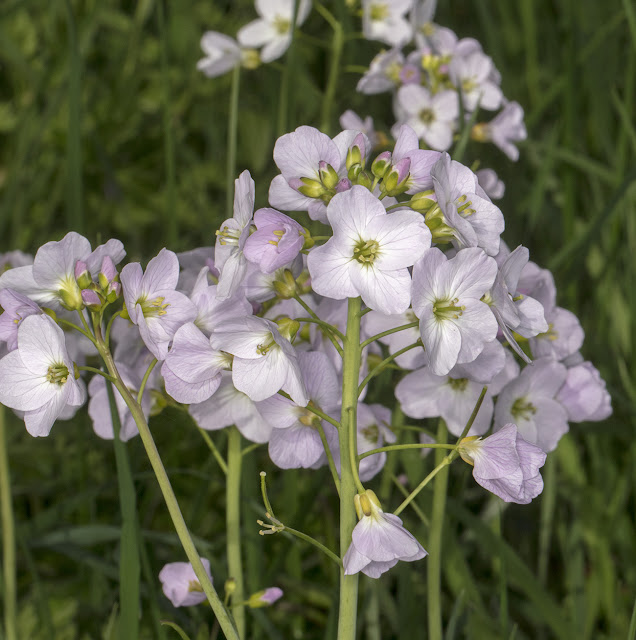 |
| Field Forget-me-not, Myosotis arvensis. Coney Hall, 10 April 2017. |
I have not been out to any new sites this year, but I keep taking photos of plants I see near my home. Here are some photos of suburban wildflowers from one particular footpath that runs between two roads. It's unusually rich in flowers, both showy and inconspicuous.
It's common to find Wood Forget-me-not in the suburbs because it is planted in gardens and seeds itself easily. But this looks like its field relative, with smaller flowers.
 |
| Field Forget-me-not, Myosotis arvensis. Coney Hall, 10 April 2017. |
Most of these photos show several wildflowers because they all grow close together. In this shot, surrounding the forget-me-not are some Cornsalads and, at bottom right, a Common Chickweed. Just below the centre is a Petty Spurge, which has tiny green flowers that you can only make out in this shot if you already know they're there.
 |
| Cornsalad, Valerianella species. Coney Hall, 10 April 2017. |
This is a bigger specimen of the Cornsalad. I won't be able to tell the species until it fruits. It's not at all common and is really a weed of arable land. I was pleased to find one little plant on Hayes Street Farm last year, and then I could never find it again when it should have had fruits. This one will be harder to lose track of.
 |
| Cut-leaved Crane's-bill, Geranium dissectum. Coney Hall, 10 April 2017. |
A Cut-leaved Crane's-bill with a couple of small flowers. Also in this photo are leaves of some other wildflowers. In the centre, a Common Field Speedwell. At bottom right, a Dove's-foot Crane's-bill. At bottom left, a Lesser Celandine. Middle left, some small Ivy-leaved Speedwells.
 |
| Common Field Speedwell, Veronica persica. Coney Hall, 16 March 2017. |
Here's a flower on a Common Field Speedwell. There are half a dozen common speedwells. You can tell this one by the leaf shape and that it has a single blue flower from each leaf axil.
 |
| Cow Parsley, Anthriscus sylvestris. Coney Hall, 10 April 2017. |
This is just the start of the Cow Parsley season. Many country lanes will be lined with a froth of white in a week or two. It's very common and grows fast and well.
In the foreground are some more Lesser Celandine leaves. The blue flower in the background is a Garden Grape-hyacinth, and true to its name this is a garden escape. The wild variety has a much more subdued flower colour.
 |
| Green Alkanet, Pentaglottis sempervirens. Coney Hall, 10 April 2017. |
This Green Alkanet is one of the commonest of our local wildflowers, as well as being one of the showiest. It grows furiously all spring and summer, flowering all the time. You could cut this down today and it would be flowering again in two weeks.
Behind it is some Groundsel, which has no petals on its small yellow flowers. In the foreground are some I've already shown: Cornsalad, Field Forget-me-not and Petty Spurge. Growing up the fence are some stems of Cleavers, not yet in flower.
So, you can actually do quite a bit of botanising along 25 yards of one footpath! And there are a dozen other species, too, not all in flower at the same time.
















